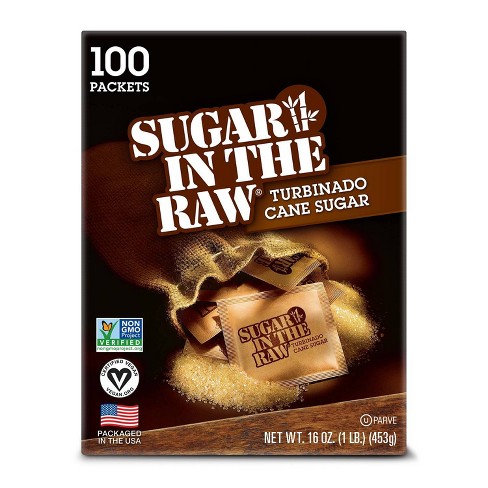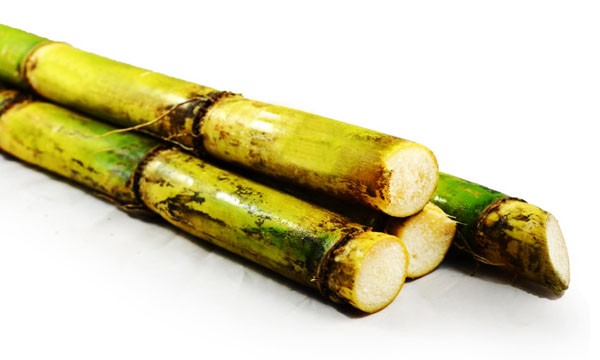The Scientific Research Behind Cane Sugar Processing: How Sweetness is Refined
The Scientific Research Behind Cane Sugar Processing: How Sweetness is Refined
Blog Article
Exploring the Comprehensive Tips Associated With Cane Sugar Handling From Harvesting to Improvement
The process of walking cane sugar production incorporates a series of elaborate actions, beginning with the careful harvesting of sugarcane and culminating in the improvement stages that ensure the end product satisfies sector standards. Each stage, from the extraction of juice to the filtration and crystallization procedures, plays a vital role in establishing the quality and personality of the sugar. Understanding these stages not just highlights the complexity of sugar production yet likewise elevates crucial inquiries about effectiveness, sustainability, and technology in the sector. What implications do these aspects have for future techniques?
Harvesting Sugarcane
Collecting sugarcane is a vital step in the walking stick sugar processing chain, as it directly influences the quality and yield of the final product. Proper timing and techniques are important during this phase to make sure optimum sugar web content and decrease losses. Generally, sugarcane is gathered when it reaches maturity, normally 12 to 18 months after planting, characterized by a high sucrose focus.

Post-harvest, the sugarcane must be refined promptly to stop sucrose destruction. Preferably, collected walking cane should be transferred to refining facilities within 24 hr to protect sugar quality. As a result, efficient logistical planning is vital to keep the honesty of the gathered crop throughout the supply chain.
Extraction Process

The crushed walking cane undergoes a collection of pressing operations to make the most of juice recovery. Generally, hot water is splashed onto the crushed walking stick, creating a countercurrent circulation that assists dissolve the sugar while also assisting in the removal process. The juice accumulated from this procedure includes not just sugar however also various natural compounds and contaminations.

To enhance extraction effectiveness, some facilities may utilize diffusion techniques, where the sugarcane is saturated in warm water, permitting the soluble sugars to diffuse right into the fluid. The resulting juice, abundant in sucrose, is after that routed to succeeding handling phases, laying the structure for filtration and improvement. The removal process is therefore critical in figuring out the top quality and return of the last sugar item.
Filtration Techniques
The filtration techniques utilized in walking stick sugar handling are important for transforming the raw juice into a top quality sugar product. These approaches largely intend to eliminate pollutants, such as soil, plant products, and not natural materials, which can Read More Here negatively impact the end product's taste and color.
One of one of the most usual purification techniques is explanation. This procedure includes adding lime and warmth to the raw juice, which promotes the coagulation of pollutants. The resulting precipitate is then gotten rid of through sedimentation or purification, producing a clearer juice. In addition, making use of phosphoric acid can enhance the explanation process by further binding contaminations.
Another substantial method is carbonatation, where co2 is presented to the clarified juice. This response creates calcium carbonate, which records staying impurities and advertises their removal.
Moreover, activated carbon therapy may be put on adsorb any type of remaining colorants and natural pollutants, guaranteeing a more refined product. The mix of these methods properly prepares the sugar juice for succeeding steps in the refining procedure, setting the phase for the manufacturing of high-grade cane sugar.
Condensation Approaches
After the purification stage, the following vital action in cane sugar processing entails crystallization techniques, which play a crucial role in transforming the cleared up juice right into solid sugar. This process usually uses 2 primary techniques: spontaneous condensation and regulated crystallization.
In spontaneous condensation, supersaturated sugar options are permitted to cool down normally, leading to the formation of sugar crystals gradually. This approach is less complex yet may result in uneven crystal sizes and lower pureness degrees. Discover More On the various other hand, controlled crystallization is a more accurate method where seeding, concentration, and temperature agents are meticulously managed. This method enables the uniform development of sugar crystals and greater pureness.
During crystallization, the clarified juice is concentrated through dissipation, raising its sugar web content till it gets to supersaturation. As soon as this factor is accomplished, either technique can assist in the formation procedure. Cane Sugar Processing. The resultant sugar crystals are then divided from the continuing to be syrup via centrifugation
Eventually, the option of formation method affects the more top quality, dimension, and pureness of the last sugar product, making this step vital in the general walking stick sugar handling procedure.
Refinement and Packaging
How can the pureness and top quality of walking cane sugar be additionally improved after formation? The improvement process plays an essential duty in achieving top notch cane sugar.
Next, the sugar is subjected to a procedure called centrifugation, where it is spun at high rates to divide the purified sugar crystals from the staying fluid. After centrifugation, the sugar is often additional improved via a method called carbonization or phosphatation, which uses turned on carbon or phosphoric acid to remove color and off-flavors.
When fine-tuned, the sugar is dried out to attain the desired moisture material, making certain that it continues to be stable during storage and transportation. The final action entails product packaging the refined sugar in closed and moisture-proof containers to keep its quality and avoid contamination. Cane Sugar Processing. Appropriate product packaging not just expands life span yet also helps with simple handling and circulation, making sure that customers obtain sugar that meets the highest standards of purity and quality
Conclusion
The extensive steps included in walking stick sugar handling, from the thorough harvesting of sugarcane to the detailed improvement and product packaging phases, emphasize the relevance of each stage in making certain high-quality sugar production. Optimal harvesting techniques, efficient removal methods, and strenuous purification processes collectively add to the end product's pureness and stability. The crystallization and subsequent product packaging methods additionally improve the integrity and service life of the sugar, highlighting the intricacy and precision inherent in this important agricultural sector.
The process of walking cane sugar manufacturing incorporates a collection of complex steps, beginning with the mindful harvesting of sugarcane and finishing in the refinement stages that guarantee the last item satisfies industry criteria. Ideally, harvested walking cane ought to be transferred to processing facilities within 24 hours to maintain sugar high quality.In spontaneous formation, supersaturated sugar options are allowed to cool down naturally, leading to the formation of sugar crystals over time - Cane Sugar Processing. The improvement process plays an essential duty in achieving high-quality walking stick sugar.The thorough steps entailed in cane sugar handling, from the meticulous harvesting of sugarcane to the complex improvement and product packaging stages, emphasize the significance of each stage in ensuring top notch sugar production
Report this page